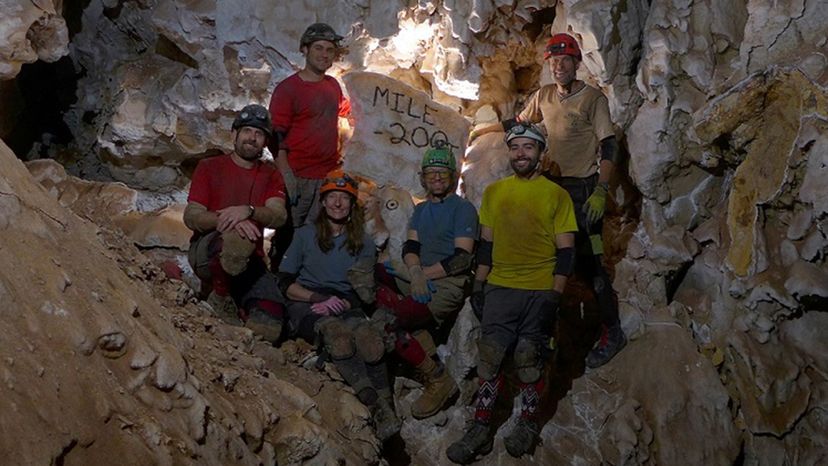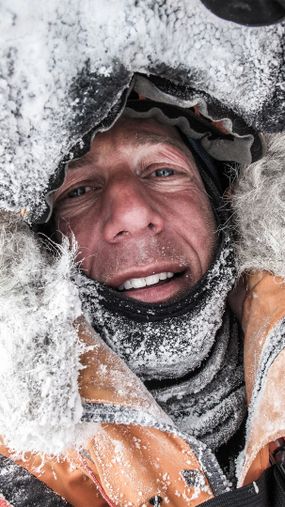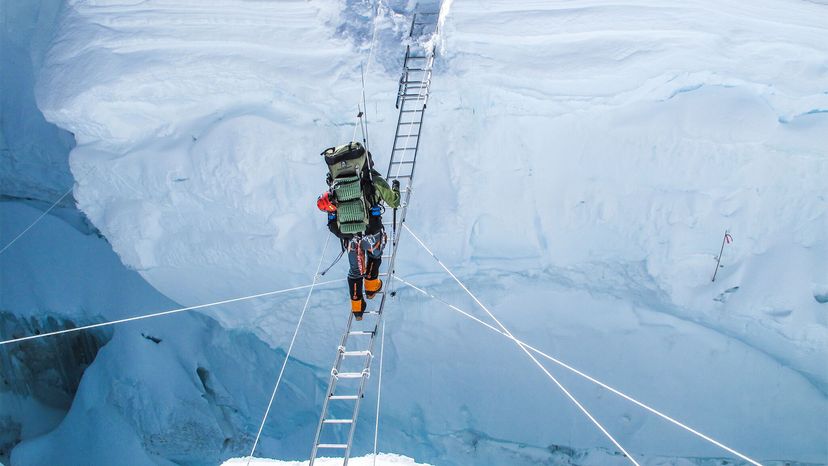As if near death isn't bad enough, there are expeditions bills to be paid. Those kinds of journeys are expensive, and Larsen searches for sponsors to defray the costs.
"Sponsorship is an ever-evolving process. Back in the day it was more about just getting a logo on a jacket and maybe a newspaper story or two," Larsen says. "Now it has evolved into more of a business with measurable ROI (return on investment) for companies."
That means Larsen is an active part of the business model.
"Today, I have sponsors where I am specifically involved with product development, writing (blogs), photo and video shoots, social media, events and more. Quite honestly, (Ernest) Shackleton had to do (something) very similar to secure sponsors for his expeditions (minus social media)."
But that's not enough to support him. Larsen also does guiding and polar trainings as well as speaking, photography, and some other odds and ends. "It's a crazy puzzle where you don't have a picture to guide you and the shapes of the pieces are undefined," he says.
Financial issues aside, Larsen says that the nature of exploration is changing, and that, yes, as of 2020 most of the Earth has already been witnessed by human eyes.
"However, the leading edge of exploration today is more about pushing personal limits — trying to do adventures in new, unique and challenging ways. For example, while people have skied to the South Pole many times, in 2012 I tried to bicycle to the South Pole."
He didn't make it.
He calls out another example — the steep pitch of El Capitan's Dawn Wall in Yosemite National Park. It's been climbed many times, but Tommy Caldwell and Kevin Jorgeson were the first to free climb it. Or Alex Honnold, who took things to a nerve-shattering extreme when he climbed the Dawn Wall without any ropes whatsoever. His climb, which is considered as one of the greatest athletic achievements of all time, was documented by National Geographic in the film, "Free Solo."
Now, you don't have to take on these kinds of extreme adventures if you don't want to. You can leave it to the experts and witness their bravery (and insanity) from afar. But no matter how small the world gets, it's clear that there will always be people willing to push exploration just a little bit further.



